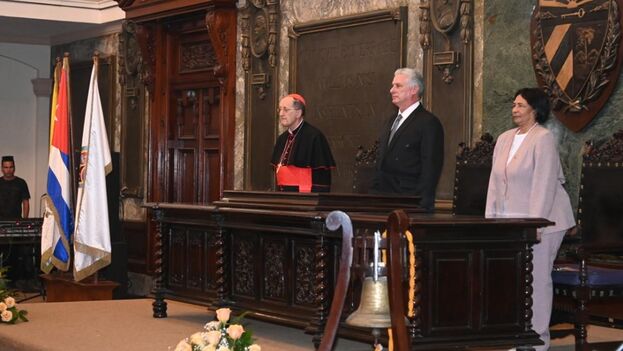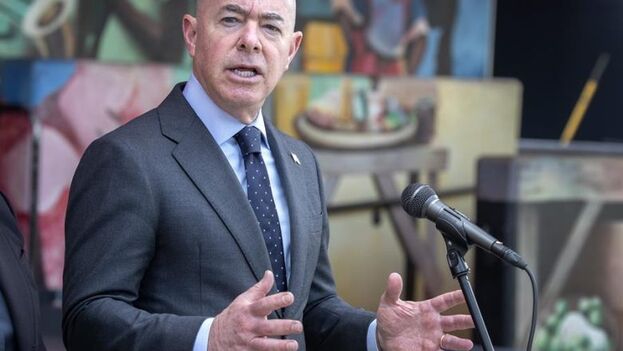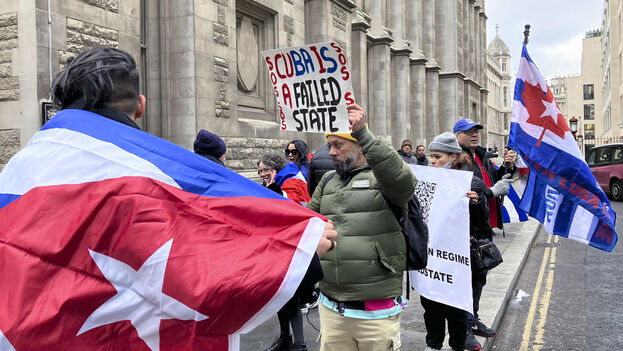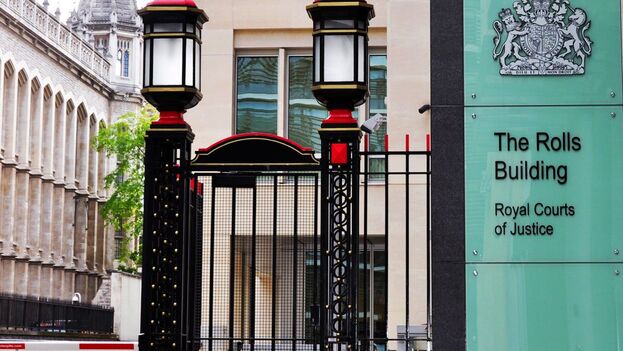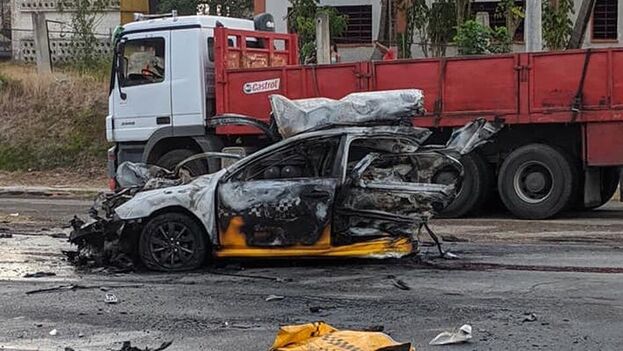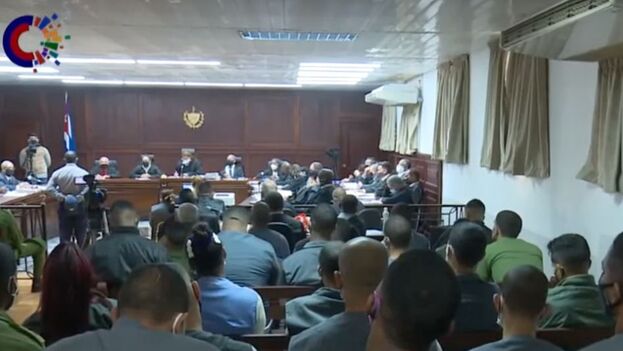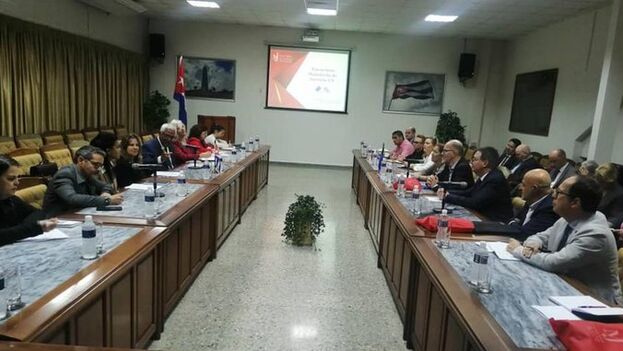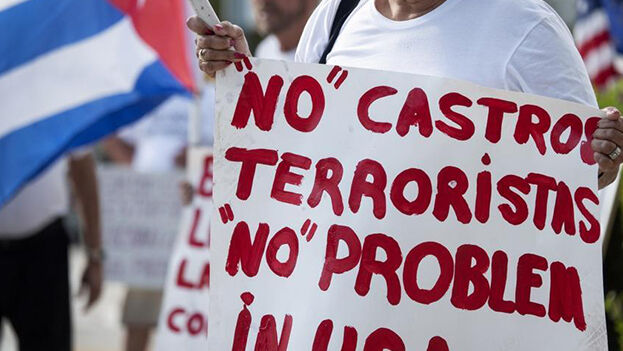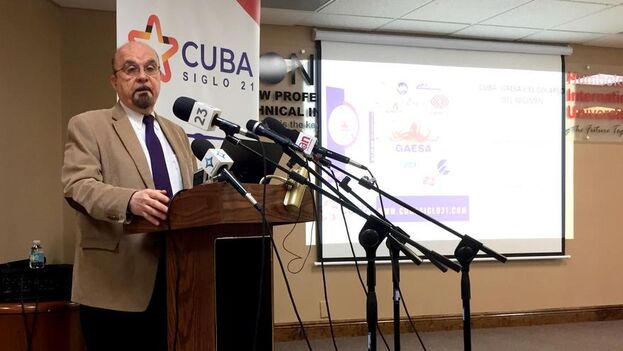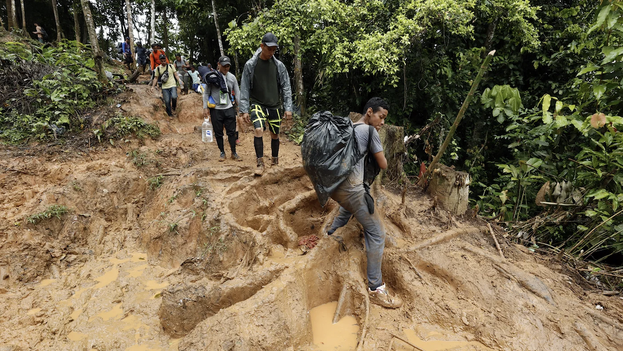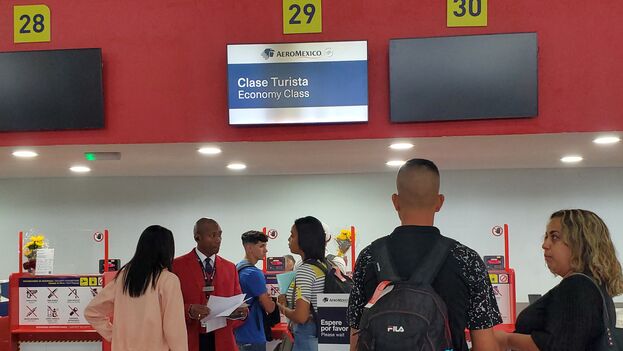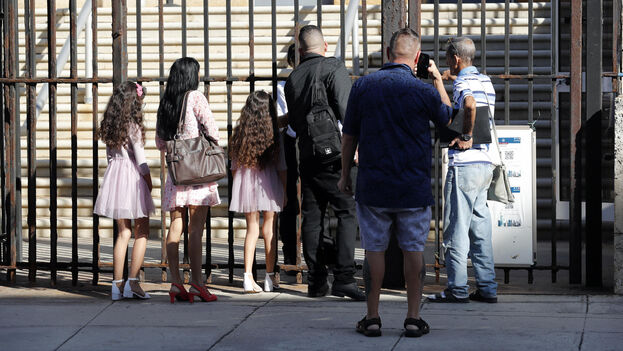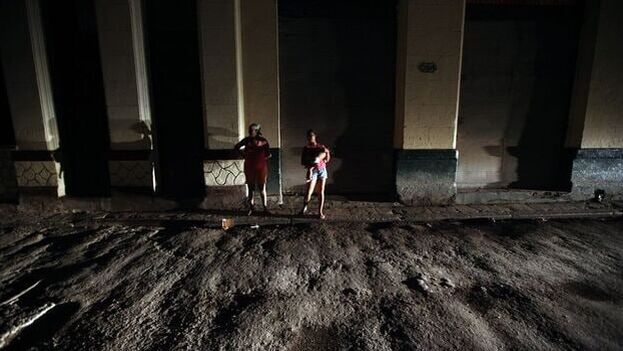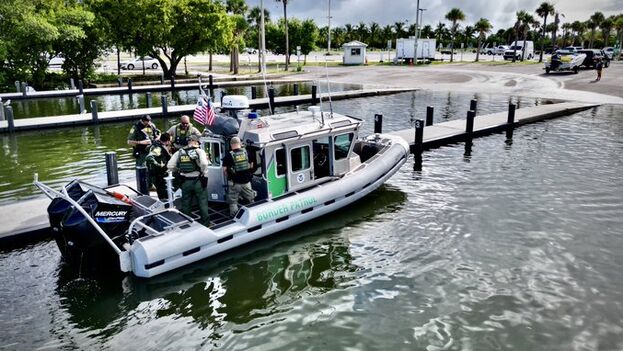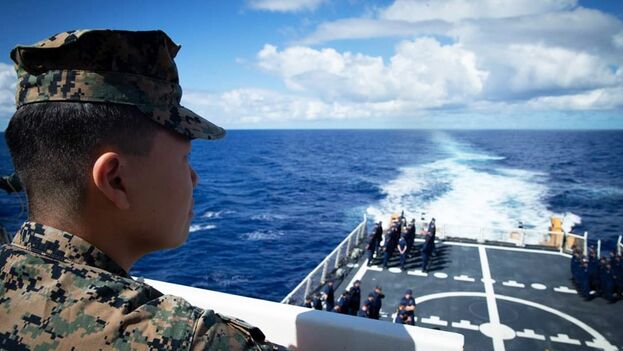
![]() 14ymedio/EFE, Havana, 8 February 2023 — The first week of January, Landry González and 16 other Cubans landed in Florida. The American dream that he thought he had achieved still seems far away. According to Voice of America (VOA), they did not give him a chance for a credible-fear interview; they gave him a release order that establishes conditions such as attending hearings in the immigration court.
14ymedio/EFE, Havana, 8 February 2023 — The first week of January, Landry González and 16 other Cubans landed in Florida. The American dream that he thought he had achieved still seems far away. According to Voice of America (VOA), they did not give him a chance for a credible-fear interview; they gave him a release order that establishes conditions such as attending hearings in the immigration court.
“I was unlucky to be given the I-220A,” lamented this 38-year-old Cuban. “Three friends who arrived a year ago received parole, and my brother, who arrived in 2016, received all the benefits,” he told VOA.
Since the beginning of the year, the rafters who manage to land are being given an expedited deportation order, the verdict issued by a judge for the expulsion of a person but which can be reversed with legal advice. This order has an expiration period of 60 days. Hence, many Cubans do not know if they will really be deported or if they will be able to opt for another solution, because this period of time has not yet expired for them.
On form I-220A, Immigration lawyer Rosaly Chaviano explained that people “can apply for asylum and try to prove a case of credible fear, but their asylum will be pending, and they will have to renew their work permit every two years until they eventually have an interview date, if they are approved.”
The United States has reiterated since the end of last year that any rafter who is arrested on his journey will be returned to his country of origin. In mid-January, the Secretary of National Security of the United States, Alejandro Mayorkas, insisted: “Cubans and Haitians who go to sea and disembark in the United States will not be eligible for the parole process and will be subjected to deportation procedures.” continue reading
We flew along with the Coast Guard on one of their life saving missions as they searched for migrants in distress in the Florida Straits@USCGSoutheast @CBSNewspic.twitter.com/upHKoU4lgR — Cristian Benavides (@cbenavidesTV) February 8, 2023
On Tuesday, the U.S. Coast Guard repatriated 16 Cubans aboard the Issac Mayo ship. According to official figures, since October 1, 2022, the US authorities have thwarted the crossing of 5,576 rafters.
The agency stressed that the “ships that patrol the Florida Straits, the Windward Steps and Mona, prevented more than 100 rafters” from disembarking in the United States between January 27 and February 3. This Wednesday the Coast Guard shared a video of the overflights that are carried out to locate migrants on the high seas.
Some of these attempts by Cubans to reach the United States have ended in the Bahamas, the Royal Defense Force reported last Thursday.
We flew along with the Coast Guard on one of their life saving missions as they searched for migrants in distress in the Florida Straits@USCGSoutheast @CBSNews pic.twitter.com/upHKoU4lgR
— Cristian Benavides (@cbenavidesTV) February 8, 2023
According to official data, 59 Cubans have been detained in the Bahamas so far. On Tuesday, the Telemundo journalist, Jany Gonzalez, shared on her social networks that 31 of these people who left the Island on December 31 on a raft have already been presented to the Court and are waiting to be deported.
The Department of Homeland Security (DHS) reported on Tuesday that the number of arrests of migrants trying to cross the southern border of the United States irregularly reached its lowest point in two years in January.
The authorities attribute this decrease to the extension, at the beginning of January, of Title 42, a controversial health regulation, to allow the “hot” expulsions of Haitian, Cuban and Nicaraguan migrants.
As of January 31, the arrests of people of these three nationalities, along with Venezuelans, who have been subject to Title 42 since October, decreased to an average of 95 per day, a drop of 95% compared to the 1,231 daily arrests that were reported at the beginning of the month, a DHS official said.
“In January we saw the lowest number of arrests by the Border Patrol since February 2021,” the official said.
The use of Title 42 by Joe Biden’s government has been widely criticized by human rights organizations and even by some members of the Democratic Party.
“On the ground, at the border, it’s very clear that many people of those four nationalities wait on the Mexican side and desperately try to get an appointment for requesting asylum with U.S. Customs and Border Protection, which cannot meet the demand,” Yael Schacher, director for the International Rescue Committee, told EFE.
Many people, in her opinion, are in danger or struggling and are willing to risk crossing the border instead of surrendering, as they would have done before being subject to Title 42.
At the end of January, a group of 80 Democratic congressmen, led by Senator Robert Menéndez, asked to reverse the decision to expel people from Cuba, Nicaragua and Haiti who cross the border with Mexico. “Title 42 is a mockery of national and international law.”
The Biden government has defended itself from criticism, insisting that it must continue to implement that program by order of the Supreme Court, which in December accepted a request from about twenty states governed by Republicans and determined that Title 42 should remain active.
In addition to the expansion of the regulations, which restrict access to asylum at the border, the Government plans to impose a five-year ban on entry into the United States on people who cross the border irregularly.
The regulations, inherited from the mandate of former President Donald Trump (2017-2021), have allowed more than 2.5 million arrests since it came into force in 2020, according to data from the International Rescue Committee.
Translated by Regina Anavy
____________
COLLABORATE WITH OUR WORK: The 14ymedio team is committed to practicing serious journalism that reflects Cuba’s reality in all its depth. Thank you for joining us on this long journey. We invite you to continue supporting us by becoming a member of 14ymedio now. Together we can continue transforming journalism in Cuba.

